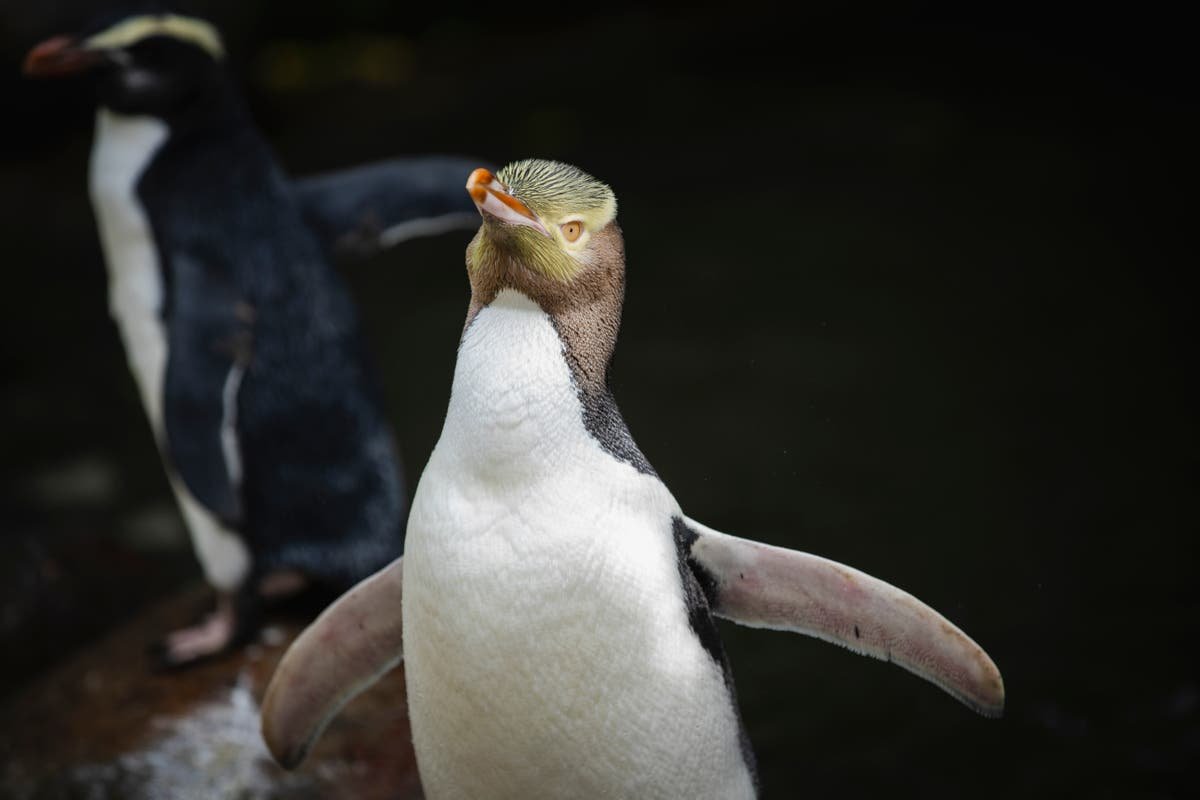
A rare, smelly and yellow-eyed penguin species has been crowned New Zealand’s bird of the year for the second time in less than a decade.
The hoiho, which translates as “noise shouter” in the Maori language, won the country’s fiercely fought avian election on Monday, offering hope to supporters of the endangered bird that recognition from its victory might prompt a revival of the species.
The yellow-eyed, shy bird is thought to be the world’s rarest penguin and is the largest of New Zealand’s mainland penguin species. The birds, with their distinctive pale yellow bands of feathers, live along parts of New Zealand’s South and Chatham Islands and in the sub-Antarctic Auckland Islands.
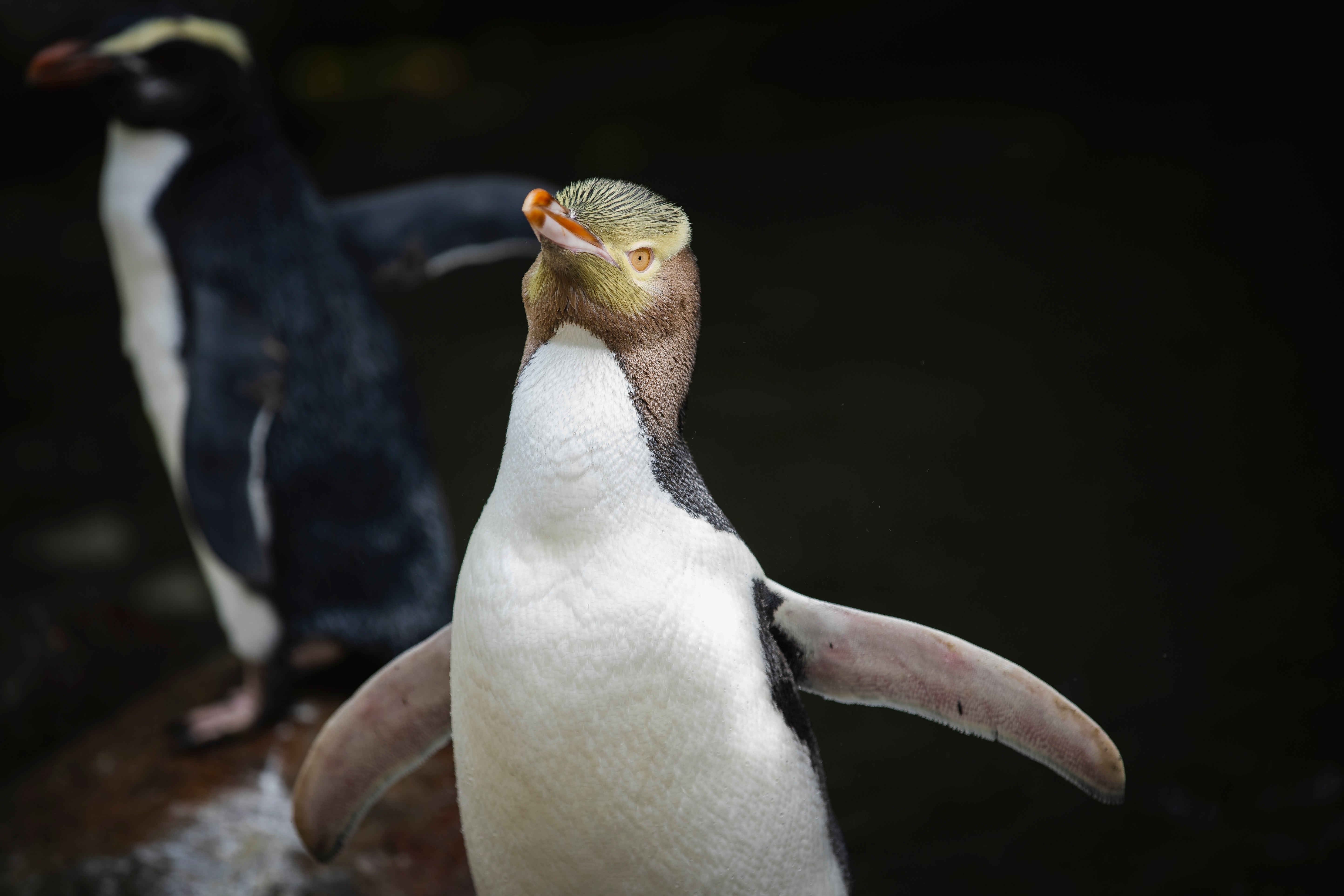
Despite conservation efforts, the hoiho population has dropped perilously by 78 per cent in the past 15 years, and 18 per cent in the last year alone, according to the Yellow-Eyed Penguin Trust. There are believed to be roughly 5,000 fish-smelling penguins left in the world.
The victory on Monday followed a campaign for the annual Bird of the Year vote that was free from past years’ foreign interference scandals.
More than 50,000 people voted in the poll – 300,000 fewer than last year, when British late-night host John Oliver drove a humorous campaign for the puteketeke – a “deeply weird bird” that eats and vomits its own feathers – to secure a landslide win.
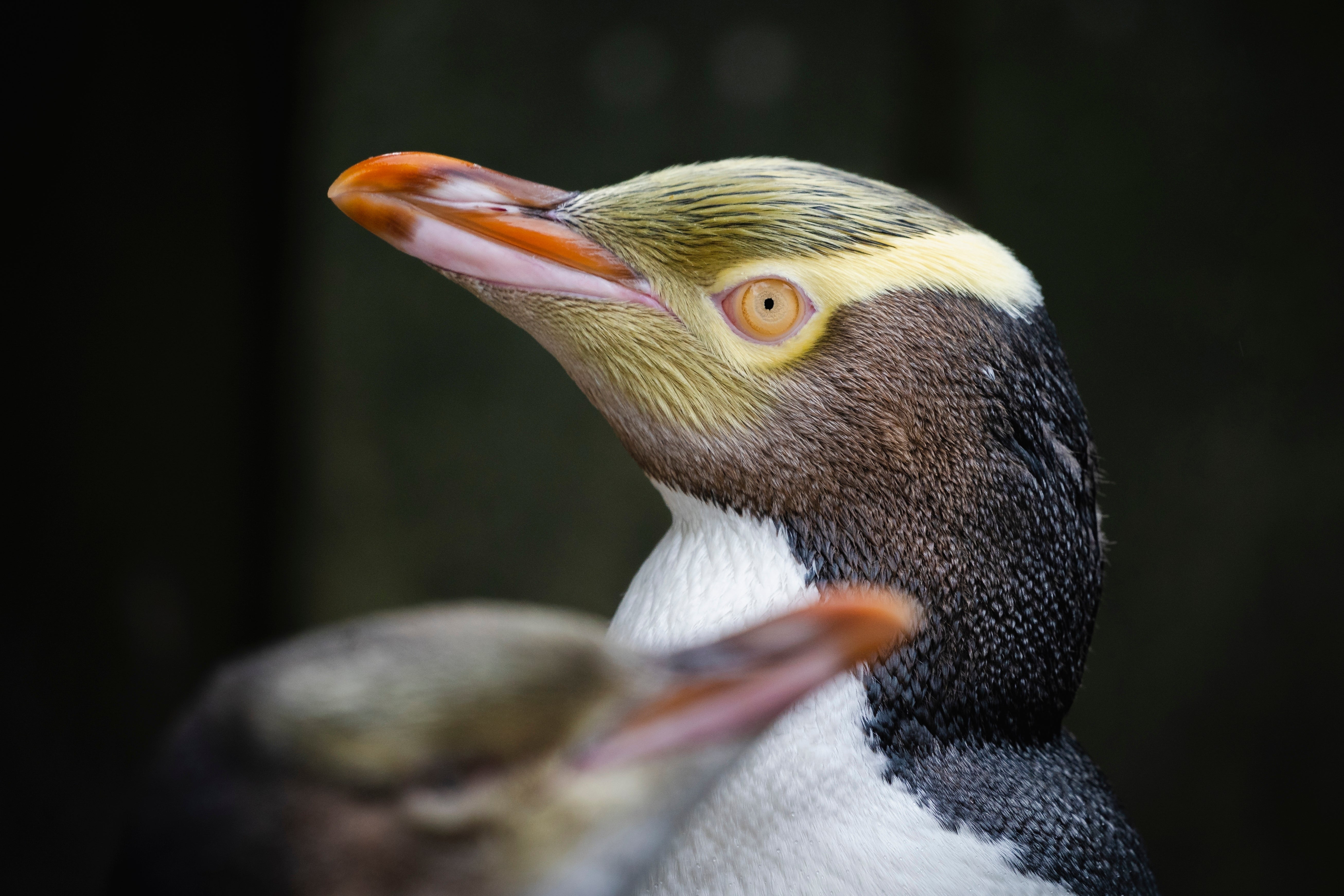
This year, the campaigners sought votes in the usual ways – launching meme wars, seeking celebrity endorsements, and even getting tattoos to prove their loyalty.
“Birds are our heart and soul,” said Emma Rawson, who campaigned for the fourth-placed ruru, a small brown owl with a melancholic call. New Zealand’s only native mammals are bats and marine species, putting the spotlight on its birds, which are beloved – and often rare.
The hoiho bid was run by a collective of wildlife groups, a museum, a brewery and a rugby team in the city of Dunedin, where the bird is found on mainland New Zealand.
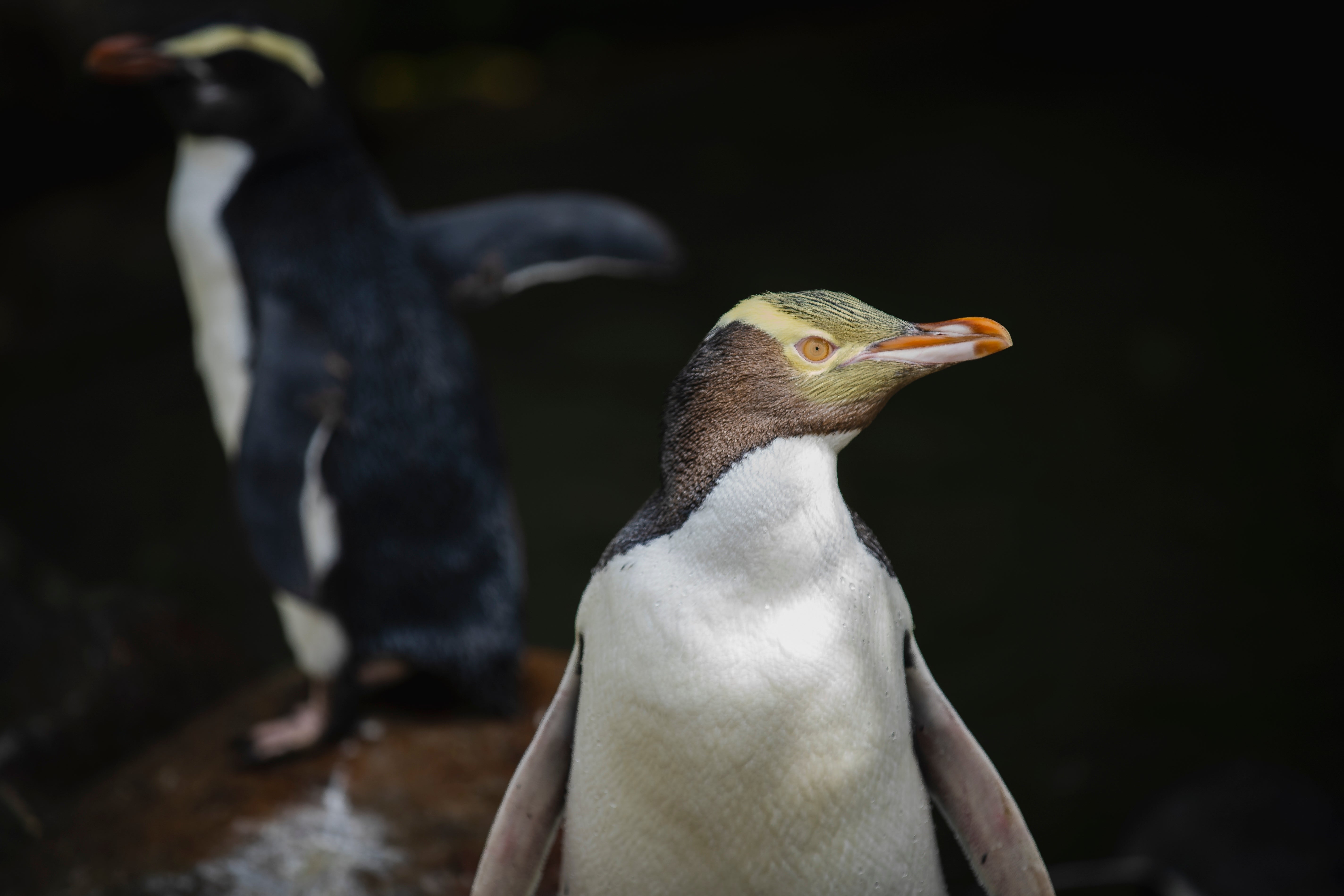
“This spotlight couldn’t have come at a better time. This iconic penguin is disappearing from mainland Aotearoa before our eyes,” said Nicola Toki, chief executive of Forest & Bird, the organisation that runs the poll.
The birds drown in nets and can’t find enough food, she said, adding that hoiho are “being hammered from all angles”. “They suffer from horrible diseases like diphtheria and get attacked by dogs.”
The tiny and vulnerable chicks are threatened by introduced predators such as cats, stoats and ferrets, which “can wipe out an entire breeding site in a single season”, she added.
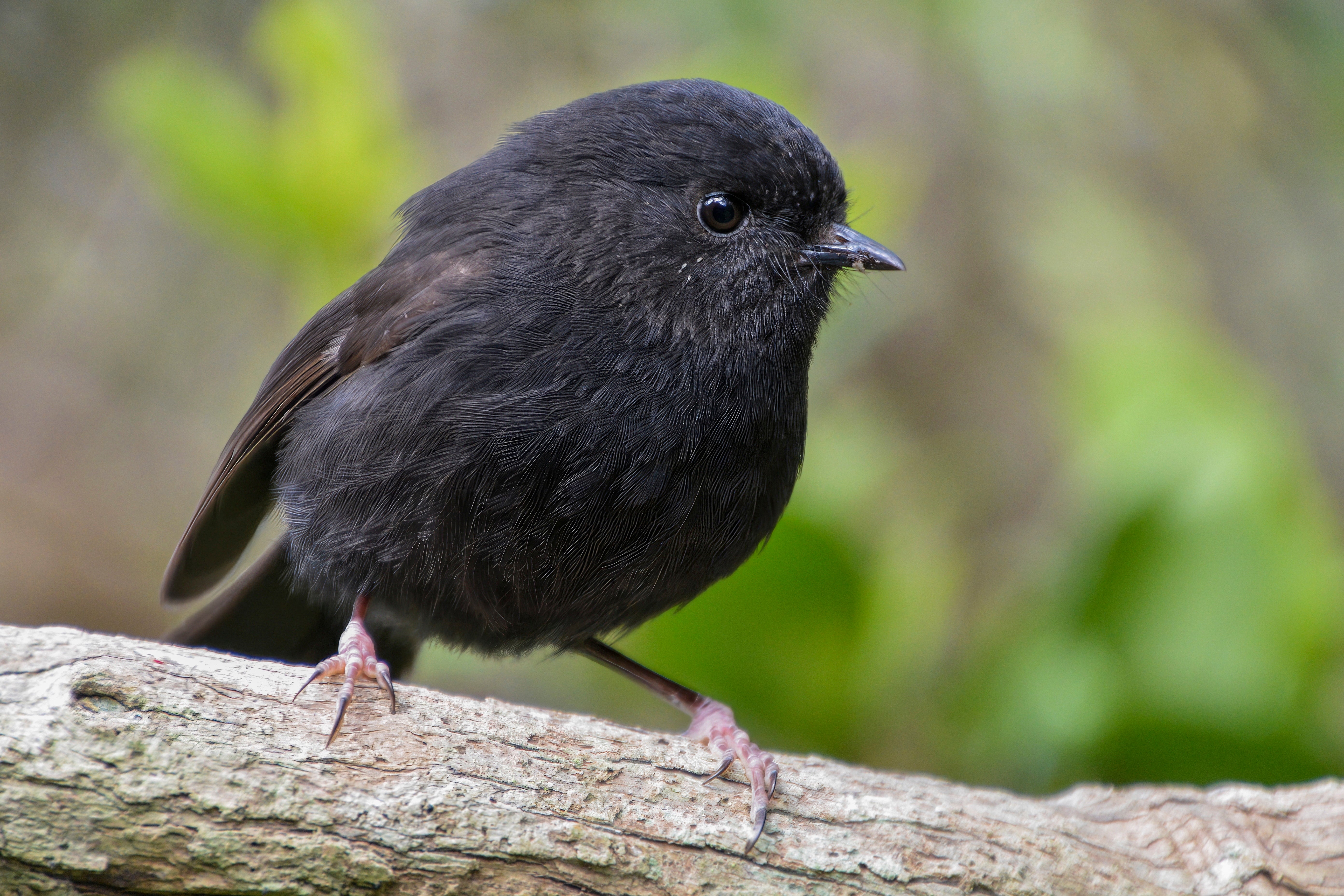
The hoiho drew endorsements from legendary conservationist Dr Jane Goodall, former prime minister Helen Clark, and Labour leader Chris Hipkins, making it the highest-powered campaign of the 2024 vote.
“The campaign has raised awareness, but what we really hope is that it brings tangible support,” said Charlie Buchan, campaign manager for the hoiho.
The hoiho joins the kakapo as one of the only two species of bird to win the world’s favourite avian election twice. The kakapo won in 2008 and 2020. The hoiho previously won in 2019.
Over the years, the contest has become a focus of controversies. Forest & Bird demanded that electors verify their ballots after the event was plagued by foreign interference.
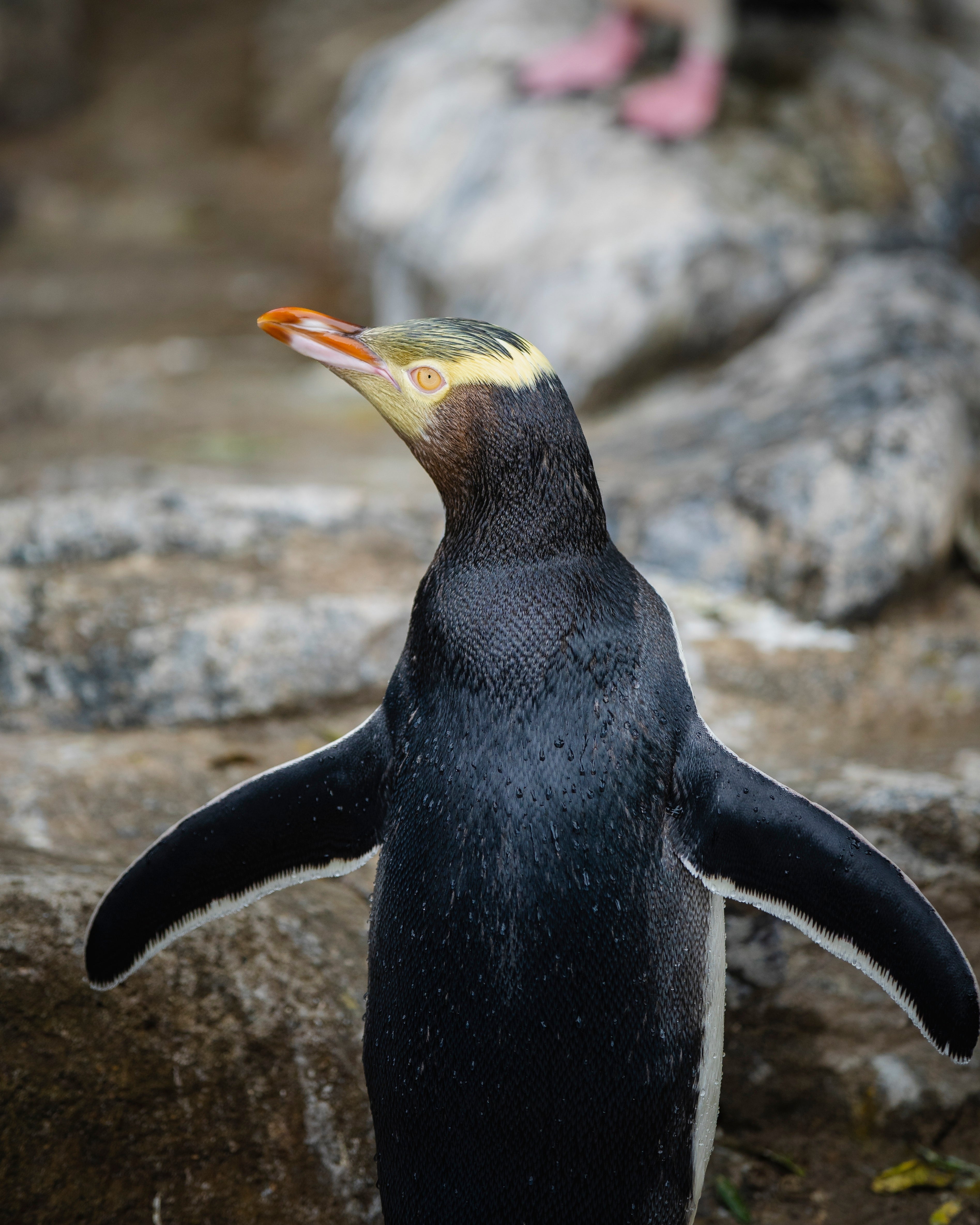
In 2018, Australian pranksters cast hundreds of fraudulent votes in favour of the New Zealand king shag. The following year, Forest & Bird was forced to clarify that a flurry of votes from Russia appeared to be from legitimate bird-lovers.
While the campaigns are fiercely competitive, managers described tactics more akin to pro wrestling – in which fights are scripted – than divisive political contests.
“Sometimes people want to make posts that are kind of like beefy with you, and they’ll always message you and be like, ‘Hey, is it okay if I post this?’” said Emily Bull, a spokesperson for the runner-up campaign, which supported the karure – a small, “goth” black robin only found on New Zealand’s Chatham Islands.
“There is a really sweet community. It’s really wholesome.”
Additional reporting by agencies






